Team Gatherings: Missio’s approach to leadership
Our team gatherings are Missio’s way to help us form a sense of belonging. They create space to talk through and build common frameworks for how we approach being a church community together. We host periodic evening meetings to explore Missio’s values, ministry/leadership philosophy, practices and develop skills to deepen belonging and further growth.
In November 2022, the team gathering covered Missio’s approach to leadership. In the following content, we will recap what we covered and invite you to participate in the reflections provided.
Missio’s Approach to Leadership
Here at Missio, we like to think of leaders as Trail Guides. Authors Stephen Bevans and Roger Schroeder describe Trail Guides this way:
“The ultimate goal of the trail guide is to teach the group how to walk the trail on their own. The trail guide knows the way, but the path is not one that she or he has forged. Rather, the path is the one that other trail guides have followed for many generations.”
Trail Guides are knowledgeable, but they also recognize the complexity in a situation. Like nature, real life is complicated and constantly changing. The job of the Trail Guide isn’t to have all the answers, it's to help people learn how to navigate the trial.
What are the features of a trail guide?
First, trail guides are catalytic. They are willing to go first.
They check the path, investigate obstacles, and test the gear. Similarly, leaders will often “go first” when it comes to vulnerability, confession, and healthy risk taking. Leaders aren’t supposed to be perfect, far from it! They are people who are willing to go first and catalyze the movement of the group around them.
Secondly, trail guides are curious. They are curious about the world around them and the people with them.
This means they don’t pretend to have all the answers and they’re grounded by that fact, not threatened. Similarly, leaders are curious about God, people, and the world around them. They don’t try and control every situation in the same way they cannot control nature—they are curious and inquisitive. They ask questions, they pause to listen, they take time to investigate new discoveries, and they aren’t in a rush to get somewhere.
Thirdly, trail guides are cooperative. Trail Guides can’t carry all the weight on a journey themselves.
They curate an experience and catalyze the group, but their chief goal is to invite others into the experience. Being a leader is about empowering others around you to join God’s work with you. Being cooperative is about asking yourself questions like, “How can you let others lead?” “How can you lean into the strength of others?” “How can you better listen to the questions, thoughts, and ideas of others?”
Interested in learning how to practice a trail guide mentality around leadership?
At our November gathering we discussed practical ways to practice trail guide leadership. This is what the Missio team came up with:
To live out being catalytic, try generating topics and ideas in conversations. Step out of your comfort zone to invite others into community, and practice vulnerability. Take healthy risks and steps, trusting God for the path forward—even, and especially, when it is unknown. Check in with yourself and with other people along the way. Be intentional.
To live out being curious, go into the unknown with an open heart and mind. Have a willingness to listen, and hold onto ideas loosely. Create an atmosphere for people to feel welcome. With invitation and openness, make space for people to be their most authentic selves, and work on seeing multiple sides of any one situation. Share excitement with others, and share the load of responsibility having humility when you need help and time and attention when others need help too. Stay soft-hearted, and don’t take things too seriously.
To live out being cooperative, try meeting people where they are. Look for strengths in others and opportunities for others to contribute. Sometimes, being a “trail guide” leader means iInviting others to lead and stepping back when they jump in. Leave room for quiet, and allow yourself to be challenged and stretched. Being cooperative isn’t always easy!
What would you add to the list of practical ways to practice this approach to leadership?
Where could you begin to implement this apporach?
What questions are you left with?
If you are interested in leading, are already a leader or participate in a community group of any kind, or you simply call Missio a church home or place you are exploring– you are welcome to come to these gatherings.
Contact Heather (heather@missiodeislc.com) for more information.

